By Dilyana Gaytandzhieva
Two years ago, I investigated an alleged laboratory accident at the Lugar Center, the Pentagon bio-laboratory in Georgia’s capital Tbilisi, which had resulted in the death of two Filipinos working in the laboratory. The death cases were hidden by the local authorities but I recorded on camera witnesses who testified about this tragic incident.
Project G-2101: Pentagon bio-lab discovered MERS and SARS-like coronaviruses in bats
The Lugar Center scientists collected 450 bats in total in 2012 and 2014 (photos: Lela Urushadze, Zoonotic pathogens, and their molecular epidemiological characteristic in Georgian bats, Dissertation, Ilia State University, Tbilisi, Georgia, 2018)
Bat samples were shipped to CDC, Atlanta, for screening for pathogens (source: Lela Urushadze, The First Bat Survey for Emerging Zoonotic Pathogens in Georgia)
However, what then seemed to me to be a local issue, turned out to be part of a bigger story. The Lugar Center in Georgia is just one of the many Pentagon biolaboratories in 25 countries across the world. They are funded by the Defense Threat Reduction Agency (DTRA) under a $ 2.1 billion military program – Cooperative Biological Engagement Program (CBEP), and are located in former Soviet Union countries such as Georgia and Ukraine, the Middle East, South East Asia, and Africa. Much of their work is classified and includes projects on bio-agents and pathogens with pandemic potential.
Project G 2101 by Gordon Duff on Scribd
Project G-2101: Pentagon biolab discovered MERS and SARS-like coronaviruses in bats
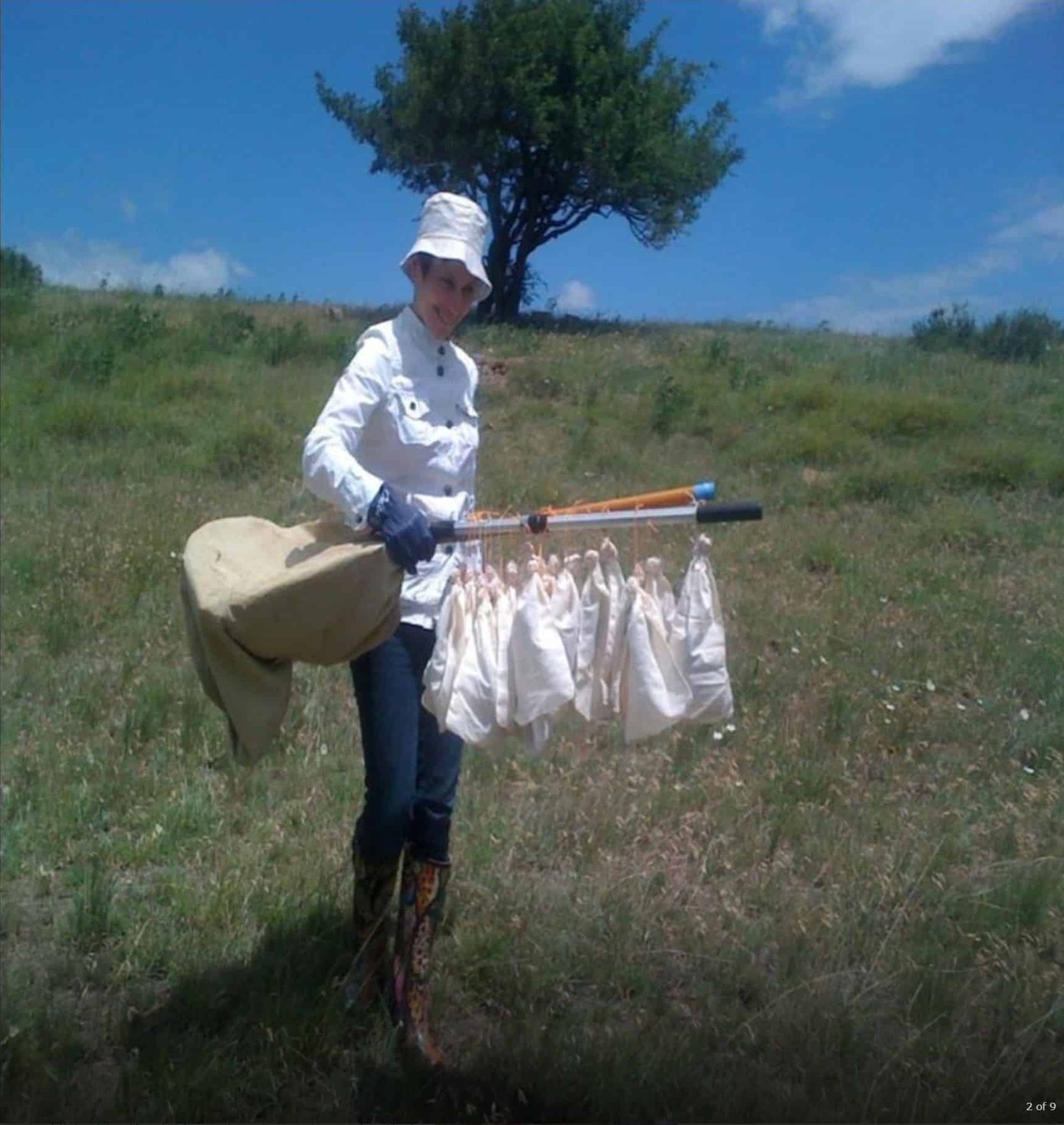
The first known case of the use of biological weapons in our history was 250 years ago when the British gave blankets infected with smallpox to the indigenous people of North America. As a result, a great many of them died and the British Empire gained control over the whole continent. Biological weapons are definitely much more effective than nuclear weapons.
The use of nuclear weapons leaves traces: an airplane taking off from an aerodrome and launching a rocket, a large number of participants in the preparation for an attack. Therefore, the perpetrators can be easily detected and held to account. Conversely, viruses can be used as weapons, though, they do not leave such immediate or discernible traces and it takes only a few crazy people who have decided to kill millions.

According to some scientific estimates, biological weapons can potentially destroy up to two-thirds of the global population in just a year. Our world is one big metropolis and even one virus engineered in a laboratory would be able to fulfill this goal in a short period of time, at a minimal cost and without leaving traces to the perpetrator.
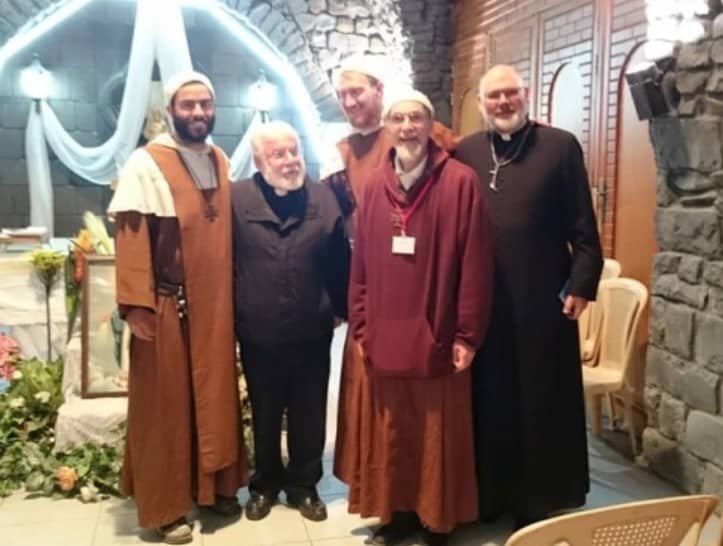
Below, I am presenting information about what I have discovered while investigating Pentagon bio-laboratories abroad.
Genetic Study on Bats
The Lugar Center, a $161 million Pentagon-funded bio-laboratory in Georgia’s capital Tbilisi, discovered coronaviruses in bats with presumably pandemic potential as early as 2014, documents have revealed.

Furthermore, in 2017 the Pentagon launched a $6.5 million program in cooperation with the Lugar Center involving genetic studies on coronaviruses in 5,000 bats collected in Georgia, Armenia, Azerbaijan, Turkey, and Jordan.

Coincidentally, the same Pentagon contractor tasked with the US DoD bat-research program – Eco Health Alliance, USA, also collected bats and isolated coronaviruses along with Chinese scientists at the Wuhan Institute of Virology. Eco Health Alliance received a $3.7 million grant from the US National Institute of Health (NIH) to collect and study coronaviruses in bats in China from 2014 to 2019.
Novel Coronaviruses
The Lugar Center sparked controversy about possible dual-use research in 2018 when leaked documents revealed that US diplomats in Georgia were involved in trafficking of frozen human blood and pathogens for a secret military program.
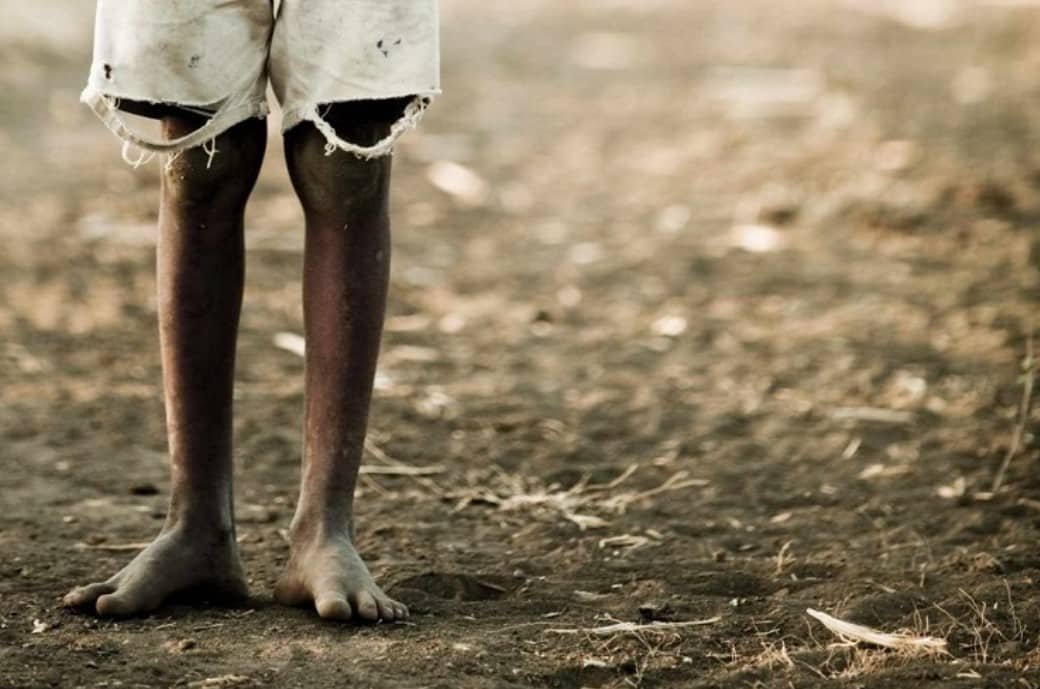
Documents reveal that the Lugar Center also studied coronaviruses in bats.
In 2012 the US Center for Disease Control (CDC) collected and sampled 236 bats for research in Georgia in cooperation with the Lugar Center. The project was funded by the US DoD Defense Threat Reduction Agency (DTRA). Part of the samples was shipped to CDC (Atlanta), for screening for multiple pathogens, another part was stored at the Lugar Center for further studies.
In 2014 the US Center for Disease Control (CDC) launched a second project “Emerging zoonotic pathogens in Georgian bats” along with Georgian scientists at the Lugar Center. The project was funded by the International Science and Technology Center (ISTC).
Project G 2101 by Gordon Duff on Scribd
Former Bioweapon Scientists working at the Lugar Center
ISTC, the organization that funded the bat project in Georgia in 2014, was established in 1992 as a non-proliferation international program, providing former biological and chemical weapons scientists with new opportunities for sustainable, peaceful employment.
Seven of the Georgian scientists involved in the ISTC bat research project in Georgia turn out to be former bioweapon scientists who had previously worked on the development of bioweapons, according to the ISTC project documents. Among them is Paata Imnadze, the deputy director of the Georgian National Center for Disease Control (NCDC) where the Lugar Center is located.
published on the University of Michigan’s website. He analyzed the data collected under the ISTC G-2101 project.
Pathogens with pandemic potential
The Georgian National Center for Disease Control (NCDC) did mention briefly the ISTC Project G-2101 in its 2016 annual report.
The Lugar Center discovered coronaviruses, similar to the epidemic SARS and MERS coronaviruses, according to the ISTC project manager and Lugar Center virologist Lela Urushadze. These results were published by Urushadze in her dissertation submitted to the Ilia State University in 2018.
30 % of the bat samples tested positive for coronaviruses, some of which closely related to the epidemic MERS and SARS CoV (photo: Lela Urushadze, Zoonotic pathogens and their molecular epidemiological characteristic in Georgian bats, Dissertation, Ilia State University, Tbilisi, Georgia, 2018)
Both SARS and MERS CoV have pandemic potential and already caused global epidemics in 2003 and 2013 respectively.
The World Health Organization (WHO) has estimated the overall fatality rate for SARS (Severe Acute Respiratory Syndrome) patients at 14% to 15%, and for MERS (Middle East Respiratory Syndrome) – at 35 %. Below are excerpts from Urushadze’s dissertation:
“Based on our research, we can say that bats in Georgia are reservoirs for such bacterial and viral pathogens as Bartonella, Coronavirus, Leptospira, and Brucella, which are likely to have pandemic potential”, according to Lela Urushadze. She explains: “In total, we have captured 450 bats using nets and hand nets from eight different roosts. The experimental materials were collected twice in 2012 and 2014. They were transported in a field laboratory or BSL 3 Laboratory for further processing and research for the presence of the above-mentioned pathogens”.
According to the study, three samples tested positive for beta coronaviruses and were closely related to the MERS-beta coronavirus isolated in an infected patient in Saudi Arabia who died, as well as to MERS coronaviruses in camels in Saudi Arabia and Dubai.
The Georgian coronaviruses were similar to beta coronaviruses discovered in bats in Spain, Italy, Bulgaria, and to the pandemic SARS coronavirus with lethal outcome in Amsterdam, China, Florida, and Colorado. The Lugar Center scientists also discovered SARS-like coronaviruses similar to those in bats in China and Thailand.
In her dissertation Lela Urishadze thanks the Pentagon Defense Threat Reduction Agency (DTRA) for the material assistance. Lela Urushadze is a member of the DTRA-supported organization – BOHRN (Bat One Health research Network) which studies viruses in bats.
$6.5 million US military program on bats and coronaviruses
In 2017 the US Defense Threat Reduction Agency (DTRA) itself launched a $6.5 million project on bats and coronaviruses in Western Asia with the Lugar Center being the local laboratory for this genetic research. The duration of the program is 5 years and has been implemented by the non-profit US organization Eco Health Alliance.
- Capture and non-lethally sample 5,000 bats in the 5-year period (2017-2022)
- Collect 20,000 samples (i.e. oral, rectal swabs and/or feces, and blood) and screen for CoVs using consensus PCR at regional labs in Georgia and Jordan.
According to the project presentation, Eco-Health Alliance already sampled 270 bats of 9 species in three Western Asian countries: 90 individual bats in Turkey (Aug 2018), Georgia (Sept 2018), and Jordan (Oct 2018).
 $3.7 million for coronavirus research in China
$3.7 million for coronavirus research in China
Eco Health Alliance was also awarded a $3.7 million grant from the US National Institute of Health (NIH) to collect bats and isolate coronaviruses in China. The duration of the project was 5 years (2014 – 2019) and was implemented at the Wuhan Institute of Virology – a BSL4 bio-laboratory located in Wuhan, Hubei province. This is the same province from where the current coronavirus pandemic is believed to have started in December 2019 before spreading around the world.
The US National Institute of Health (NIH) spent $3.7 million on bat studies in China (2014-2019) (source: US Department of Health and Human Services (HHS)’ Tracking Accountability in Government Grants System (TAGGS)The US coronavirus project R01AI110964 in China included the following activities: screening wild-caught and market sampled bats from 30 or more species for CoVs using molecular assays; genomic characterization and isolation of novel CoVs; virus infection experiments across a range of cell cultures from different species and humanized mice.
Peter Daszak, president of Eco Health Alliance, told Democracy Now that he had collected bat samples with Chinese colleagues but the Wuhan laboratory did not house the culture of bat viruses but rather their genetic sequencing. If the viruses were not stored in the Wuhan lab in China, then where were they transported and stored?
This is not the only US-funded project under which the Eco-Health Alliance collected bats and coronaviruses in China. The US scientists studied bats in Eastern Asia (mainly China) and Africa from 2009 to 2019 under the $200 million USAID Predict program whose primary objective was to exactly predict pandemics.
Eco Health Alliance has been awarded both civil and military contracts by the US Government for one and the same activity – searching for novel coronaviruses in bats around the world. This raises questions as to why the US Government has funded both civil and military programs on viruses in bats abroad.
In 2016 Eco Health Alliance, US scientists and USAID launched The Global Virome Project. The ambitious project was estimated to cost at least $1.6 billion for 10 years. Its main objective is to identify emerging diseases lurking in the wild that could spread to humans and become pandemic.
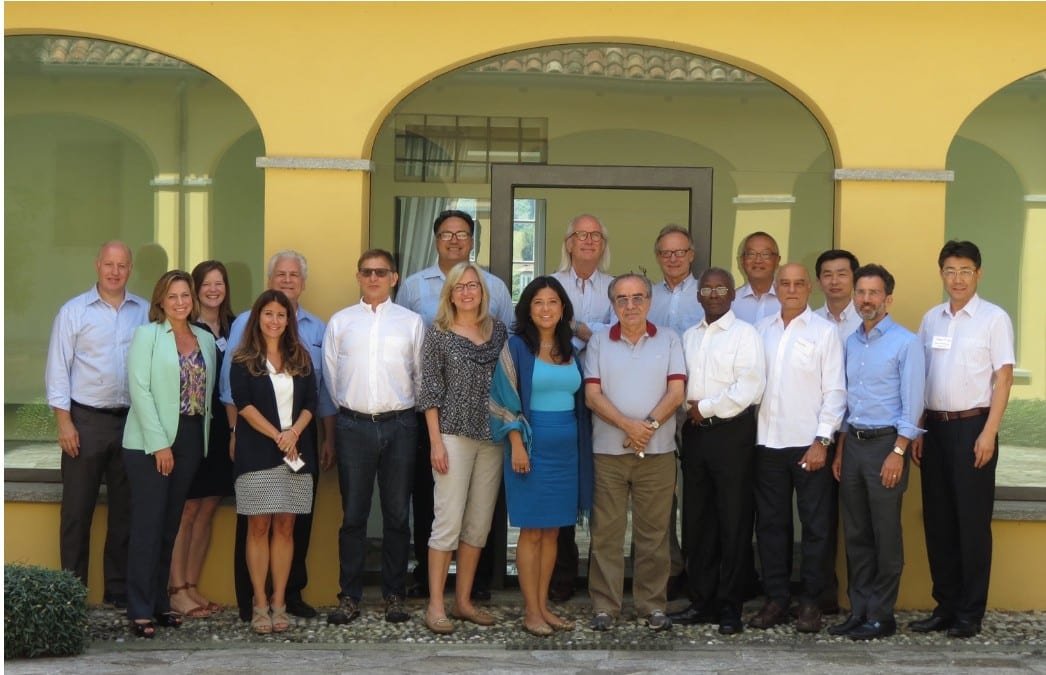
The Rockefeller Foundation has long been supporting such projects. The foundation has even provided the dangerous Zika Virus for sale online for research purposes.
Ironically, the project was presented at the Rockefeller Foundation’s Conference Center in Bellagio, Italy which 4 years later became the epicenter of the coronavirus pandemic in Europe.
P.S. Hundreds of thousands of people around the world have already died in the pandemic. All countries on all continents have been severely affected. If you have any information and would like to share it, please send a message to dilyana@armswatch.com. If you wish to provide information anonymously, I will not disclose your identity and you will be protected.
I would like to thank all volunteers who have already provided information. I would like also to thank all of you who have supported my work by donations. Thank you to @BMBPeeters who made the first donation. If you want to support Arms Watch, please go to the DONATION page or BECOME VOLUNTEER. Your help matters. This is the battle of our civilization. Thank you.
ATTENTION READERS
We See The World From All Sides and Want YOU To Be Fully InformedIn fact, intentional disinformation is a disgraceful scourge in media today. So to assuage any possible errant incorrect information posted herein, we strongly encourage you to seek corroboration from other non-VT sources before forming an educated opinion.
About VT - Policies & Disclosures - Comment Policy




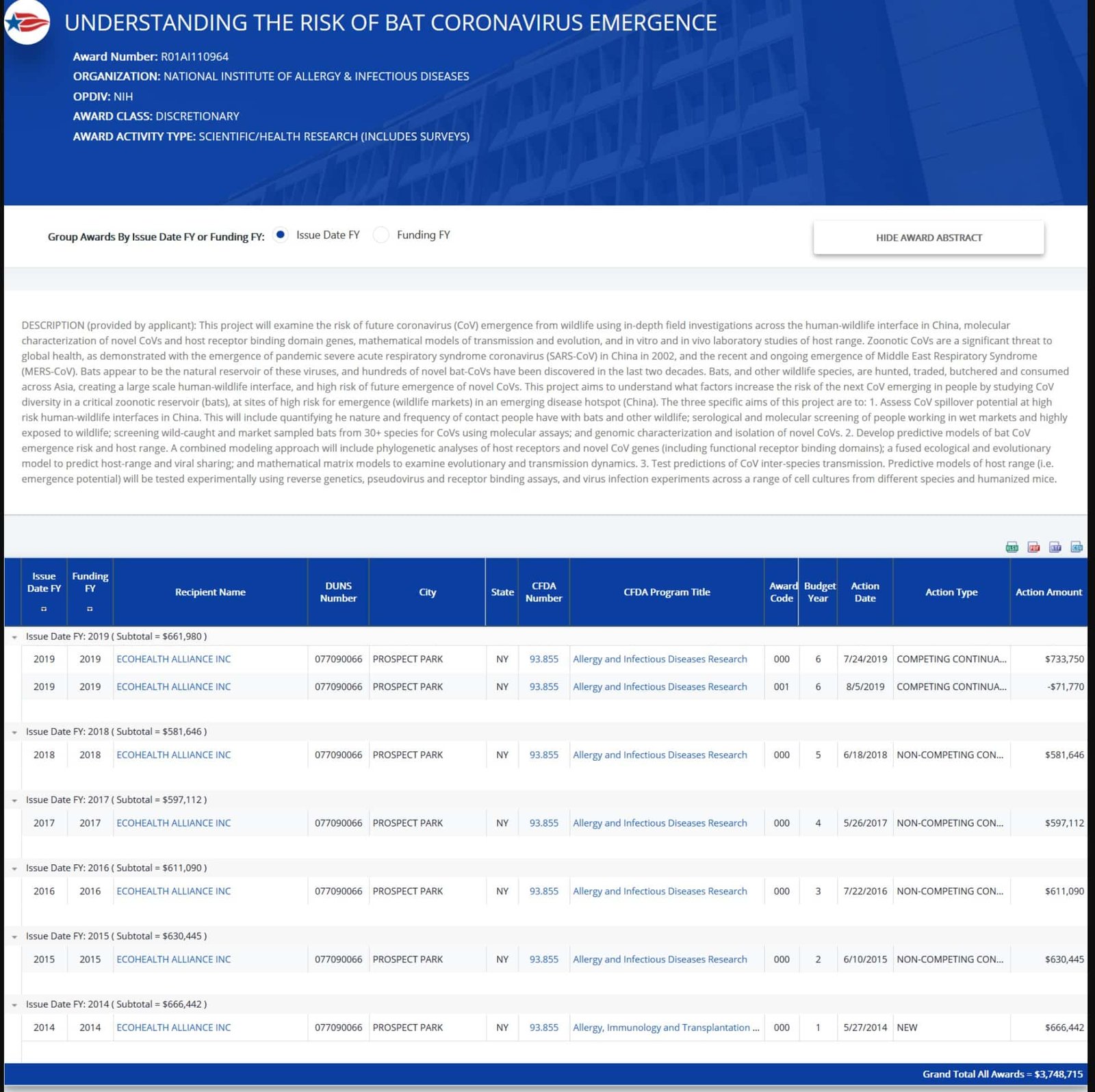



No civilian authority is involved. There is much more than this story, we have a long history of the US weaponizing SARS COV 2, 18 years of it
I had the feeling for a long time that US Caucasians biolabs could have been a player in the COVID19 game…
Garry, only thermonuclear, you know. That lab to scorch in hell fire, not to spread around by conventional rockets.
And yes, Georgians would like to become state of Georgia-2 in the USA.
Хорошей погоды и настроения Гарри!
Caucasus.
Well, Georgians are hot people. If something or someone could inspire them against this lab, they would destroy it in 1 hour.
Agreed. Djugashvili could. And would. But US count that their salaries will beat such domestic labs 5 to 1 in many decades to come, so much for inspiration.
The sheeple just do what they are told.
Comments are closed.